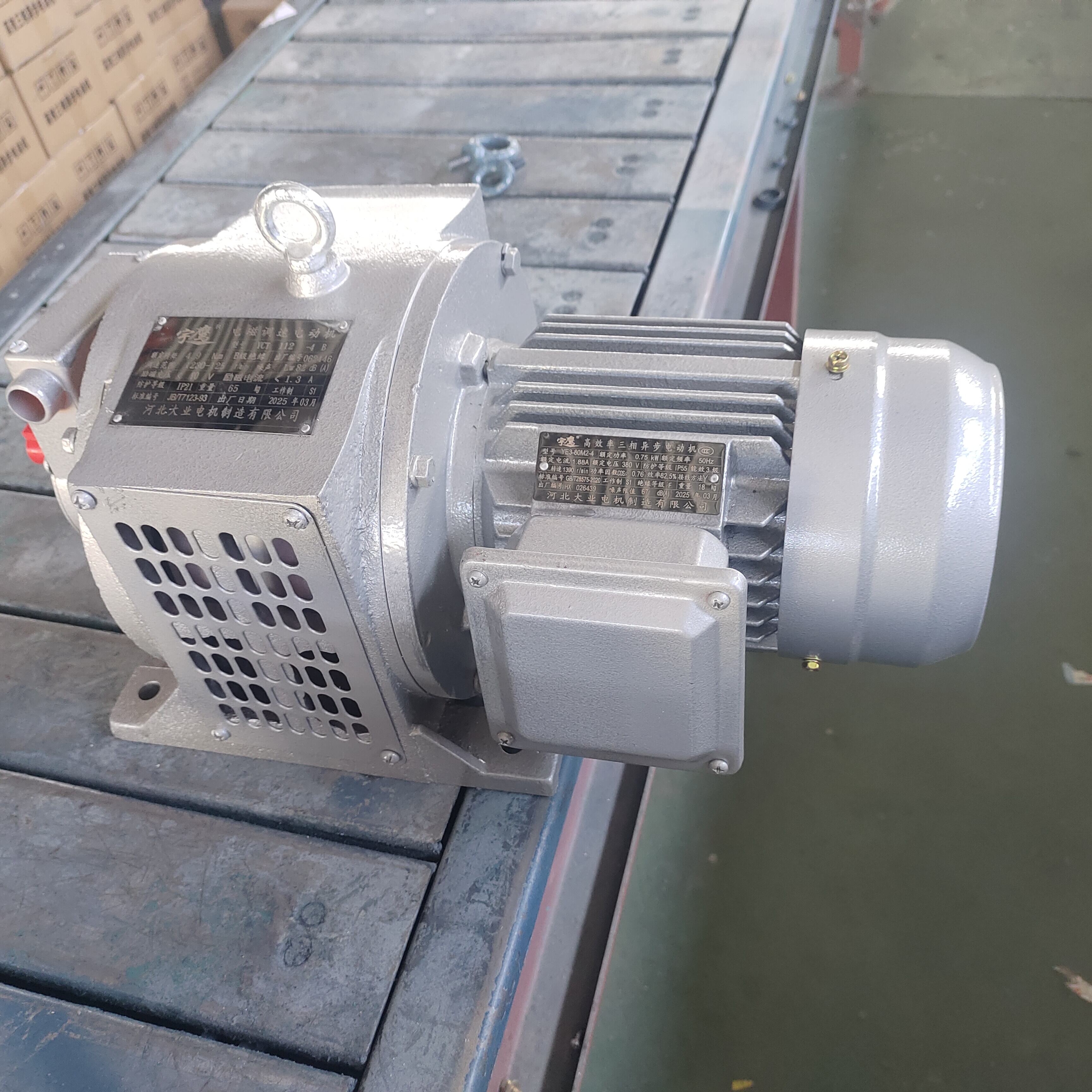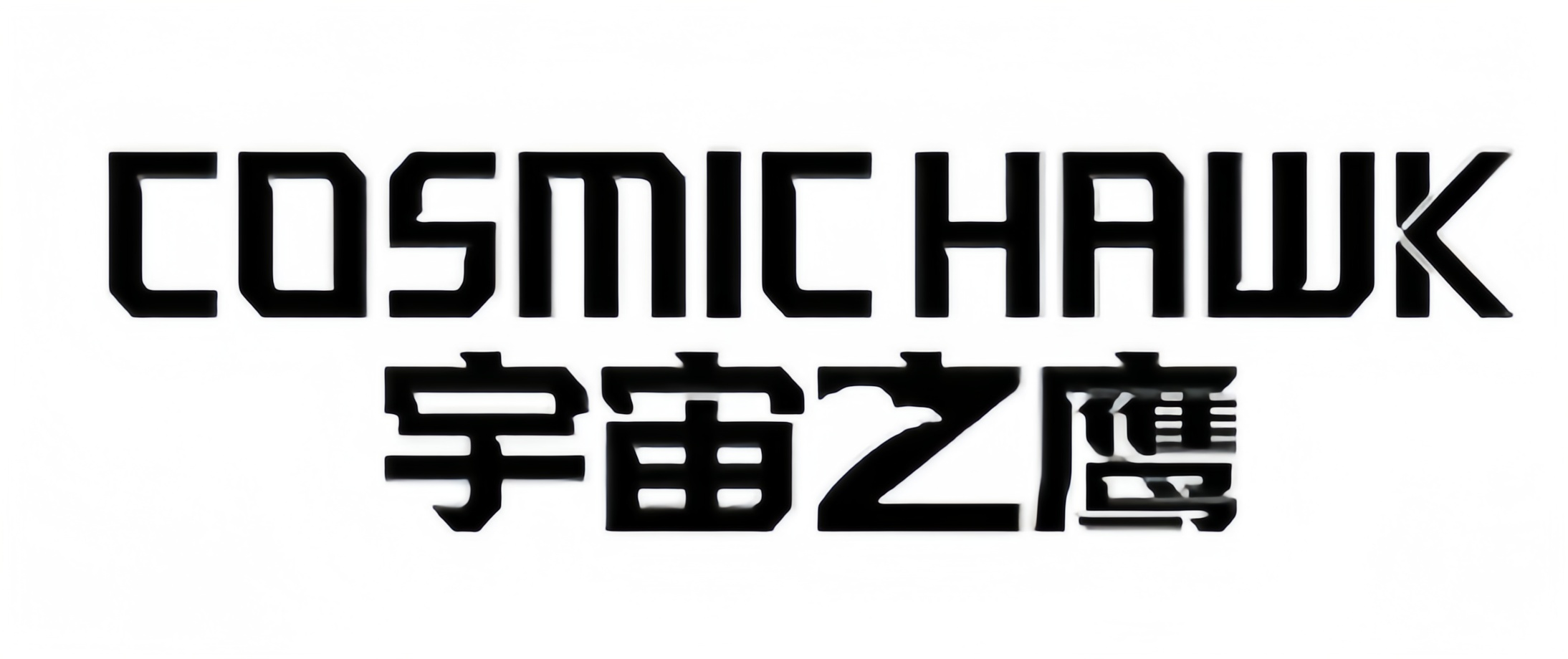Understanding the Power Behind Industrial Excellence
The 3 phase induction motor stands as the backbone of modern industrial operations, powering everything from manufacturing plants to HVAC systems. With rising energy costs and increasing demands for efficiency, optimizing these motors has become more crucial than ever. Industry data shows that even a modest improvement in motor efficiency can lead to substantial cost savings and enhanced operational performance.
Recent technological advances have made it possible to boost 3 phase induction motor performance by up to 20%, a game-changing improvement that can transform your operational efficiency. This comprehensive guide explores the latest techniques, technologies, and best practices to achieve this significant performance enhancement.
Essential Components and Optimization Strategies
Core Motor Components
The fundamental elements of a 3 phase induction motor include the stator, rotor, end shields, and cooling system. The stator contains the three-phase windings that create the rotating magnetic field, while the rotor consists of aluminum or copper bars that respond to this field. Understanding these components is crucial for implementing effective optimization strategies.
Advanced materials and design improvements in these components can significantly impact performance. Modern silicon steel laminations in the stator core reduce energy losses, while premium copper windings enhance electrical conductivity. These upgrades alone can contribute to a 5-8% performance increase.
Power Quality Enhancement
Power quality plays a vital role in motor efficiency. Voltage imbalances as small as 3% can reduce motor efficiency by 2-3%. Installing power quality monitoring systems and implementing voltage regulation measures ensures optimal operating conditions for your 3 phase induction motor.
Advanced harmonic filters and power factor correction devices can further enhance performance by minimizing distortions in the power supply. These improvements often result in a 4-6% boost in overall motor efficiency.
Advanced Control Systems and Monitoring
Variable Frequency Drives
Implementing variable frequency drives (VFDs) represents one of the most effective ways to optimize 3 phase induction motor performance. VFDs allow precise control of motor speed and torque, adapting to varying load conditions while maintaining optimal efficiency. This technology alone can contribute to a 10-15% improvement in performance.
Modern VFDs feature sophisticated algorithms that continuously adjust motor parameters based on real-time operating conditions. This dynamic optimization ensures peak performance across different operating scenarios while reducing energy consumption.
Smart Monitoring Solutions
The integration of IoT sensors and smart monitoring systems provides unprecedented insight into motor operation. These systems track key parameters such as temperature, vibration, current draw, and power factor in real-time. Early detection of potential issues prevents efficiency losses and extends motor life.
Predictive maintenance algorithms analyze this data to forecast potential problems before they impact performance. This proactive approach typically results in a 3-5% efficiency improvement through optimized maintenance scheduling and reduced downtime.

Thermal Management and Cooling Optimization
Advanced Cooling Technologies
Effective thermal management is crucial for maintaining optimal motor performance. Modern cooling solutions incorporate advanced materials and designs that significantly improve heat dissipation. Enhanced cooling fin designs and high-efficiency fans can reduce operating temperatures by up to 15°C, directly improving motor efficiency.
The implementation of intelligent cooling systems that adjust based on load and ambient conditions ensures optimal temperature control while minimizing energy consumption. These systems can contribute to a 3-4% improvement in overall motor performance.
Thermal Insulation Innovations
Advanced insulation materials and techniques play a crucial role in thermal management. Modern ceramic and composite insulation materials offer superior heat resistance while reducing thermal losses. Proper insulation can prevent efficiency losses of up to 2-3% that typically occur due to excessive heat transfer.
Strategic placement of thermal barriers and the use of advanced cooling channels within the motor housing further enhance thermal management. These improvements help maintain optimal operating temperatures even under heavy loads.
Maintenance and Performance Optimization
Preventive Maintenance Protocols
Implementing comprehensive preventive maintenance programs is essential for sustaining optimal performance. Regular inspection and maintenance of bearings, alignment, and lubrication systems prevent efficiency losses that naturally occur over time. A well-executed maintenance program can maintain peak performance levels and prevent degradation of up to 5-7%.
Advanced diagnostic tools and techniques enable precise alignment and balancing, ensuring minimal energy losses due to mechanical inefficiencies. Regular vibration analysis and thermal imaging help identify potential issues before they impact performance.
Performance Monitoring and Analysis
Continuous performance monitoring and analysis are crucial for maintaining optimal efficiency. Modern monitoring systems provide detailed insights into motor performance metrics, enabling data-driven optimization decisions. Regular analysis of these metrics helps identify opportunities for further efficiency improvements.
Advanced analytics platforms can process historical performance data to identify patterns and trends, enabling proactive optimization strategies. This data-driven approach typically results in an additional 2-3% performance improvement.
Frequently Asked Questions
How often should a 3 phase induction motor undergo maintenance?
Professional maintenance should be performed at least quarterly, with more frequent inspections for motors in demanding applications or harsh environments. Critical components like bearings and cooling systems should be checked monthly, while comprehensive performance assessments should be conducted semi-annually.
What are the signs of declining motor performance?
Key indicators include increased power consumption, unusual noise or vibration, excessive heat generation, and reduced output performance. Regular monitoring of these parameters through predictive maintenance systems can help identify potential issues before they lead to significant performance degradation.
How long does it take to see results from optimization measures?
Initial improvements can be observed immediately after implementing basic optimization measures like proper alignment and lubrication. However, the full 20% performance improvement typically requires a comprehensive approach including advanced controls, monitoring systems, and thermal management solutions, with results becoming fully evident within 3-6 months of implementation.


